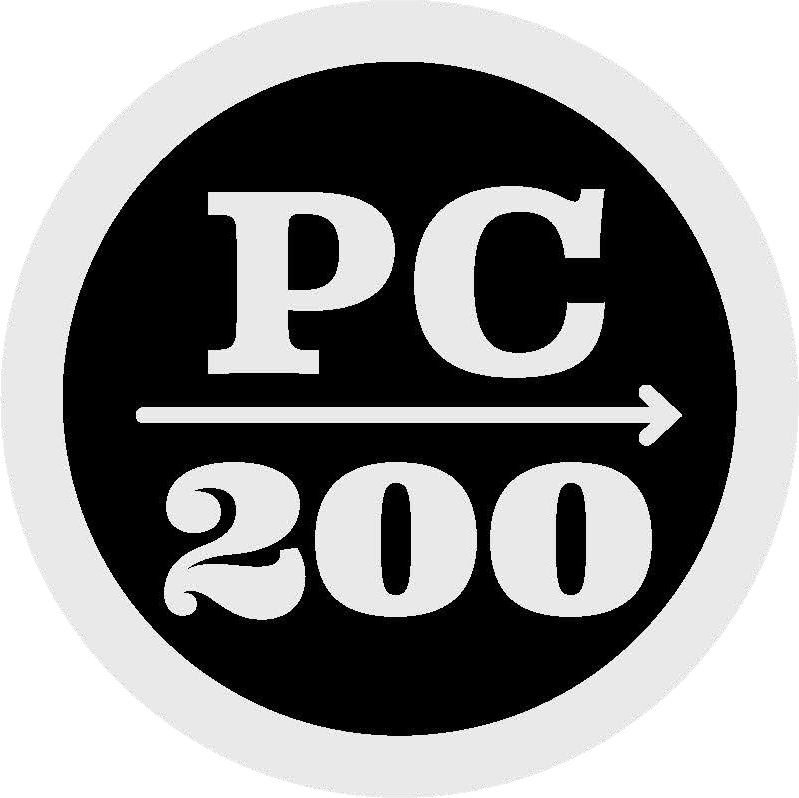What is the intent of the core curriculum and mission? Are we as an institution trying to create community, retain current Catholics, evangelize, or inform the pedagogy of our instruction?
Scholars and other Catholic institutions have written and spoken about the different choices for religious institutions in the face of a changing attitude towards religion and the purpose of a higher education.
Anthony Dosen argues “The challenge for all Christian universities—Protestant and Catholic—is to provide a strong faith-filled framework, then not be afraid of the other to examine who we are, what we believe, and what we teach.”
Patrica Killen argues “An engaging, challenging core curriculum, taught by faculty convinced of its value for students intellectually and developmentally, and appreciative of its central role in fulfilling the educational mission of our institutions, constitutes a profound opportunity to embody and articulate the liberating power of the Catholic vision of life. In this work, Catholic colleges and universities carry forward the project of evangelization in a manner appropriate for our time”
Warner and Caudill present three examples of ways to create a curriculum that combines science, technology, and society (STS) in a way that acknowledges and embraces a specifically Catholic pedagogy. They “argue that discussions about Catholic identity, science, and human values can and should extend into the curriculum while simultaneously safeguarding academic freedom, and that this can readily be done in professional schools, such as law and engineering. …discuss how teaching science and technologies as social forces can provide the intellectual and reflective space necessary for critical reflection on their moral dimensions, in society and in the emerging professional lives of students.”
Anita Henck uses some models from the organizational culture world to define how Christian colleges work as an organization and function especially around change. She offers suggestions as to how best to navigate change and the future.
Mark Massa from the LaSallian Tradition spoke to the cultural divide among Catholics and the need to cultivate the use of the laity. Especially if the church wants to reach those on the margins.
Bibliography:
Dosen, Anthony J. “Maintaining ecclesial identity in Christian higher education: Some thoughts from the Catholic experience.” Christian Higher Education 11, no. 1 (2012): 28-43.
Henck, Anita Fitzgerald. “Walking the Tightrope: Christian Colleges and Universities in a Time of Change.” Christian Higher Education 10, no. 3/4 (July 2011): 196-214. Academic Search Elite, EBSCOhost (accessed January 27, 2017).
Killen, Patricia O’Connell. “Reflections on Core Curriculum, Mission, and Catholic Identity in Our Time.” Journal of Catholic Higher Education 34, no. 1 (2015): 77-90.
Massa, Mark, S. J. “The Lasallian Tradition and American Culture: What is to Be Done?.” AXIS: Journal of Lasallian Higher Education 7, no. 2 (2016).
Rodden, John. “Less “Catholic,” More “catholic”? American Catholic Universities Since Vatican II.” Society 50, no. 1 (2013): 21-27.
Warner, Keith Douglass, and David S. Caudill. “Science, technology, and Catholic identity in the education of professionals.” Journal of Catholic Education 16, no. 2 (2013): 237.
